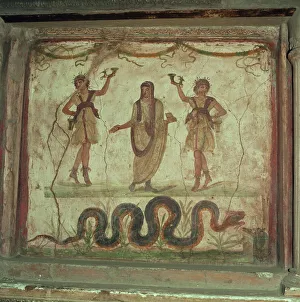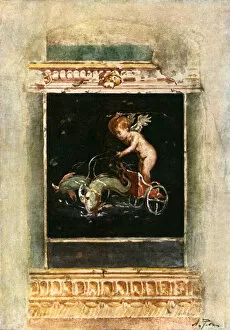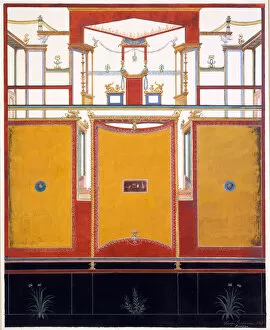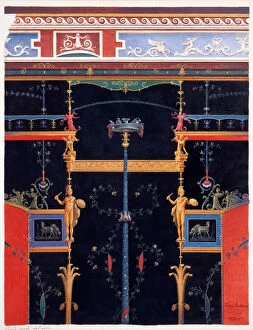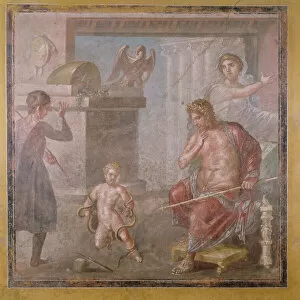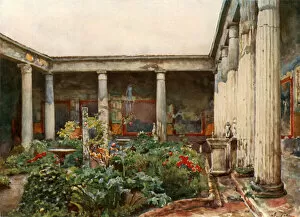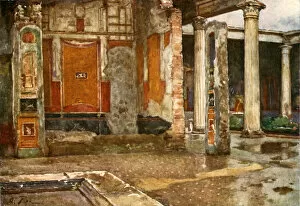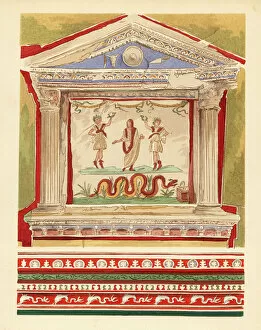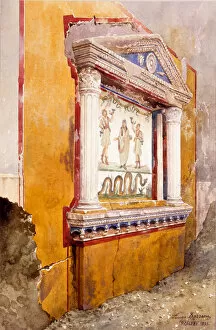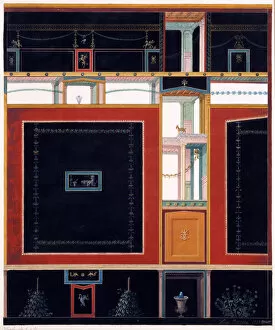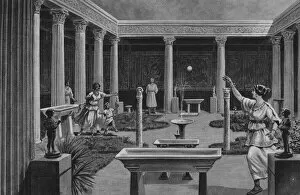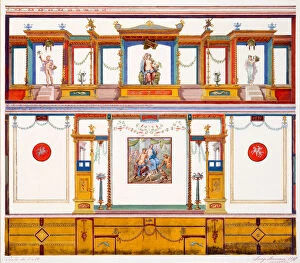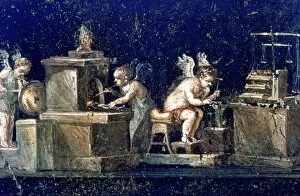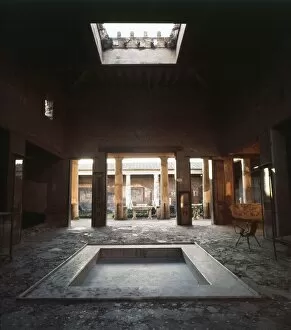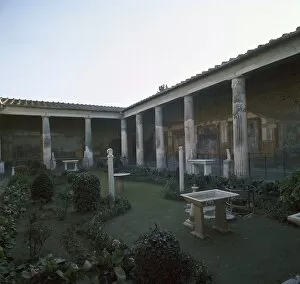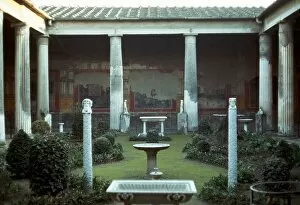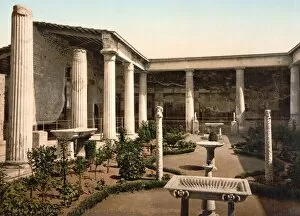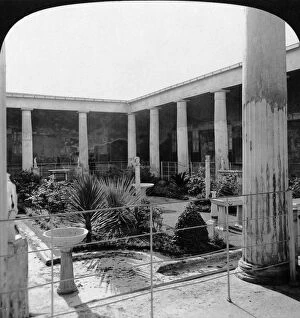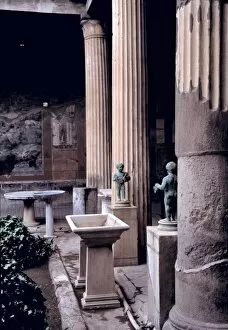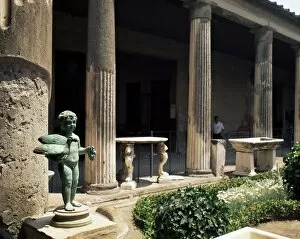House Of The Vettii Collection
The House of the Vettii, located in Pompeii, Italy, is a mesmerizing archaeological site that offers a glimpse into the lives of its ancient inhabitants
For sale as Licensed Images
Choose your image, Select your licence and Download the media
The House of the Vettii, located in Pompeii, Italy, is a mesmerizing archaeological site that offers a glimpse into the lives of its ancient inhabitants. This well-preserved house showcases exquisite wall decorations and captivating frescoes that tell stories of Roman mythology. One of the most striking features is The Lararium, a household shrine dedicated to the gods. It stands as a testament to the religious beliefs and practices of the Vettii family. This sacred space was adorned with decorative panels depicting scenes from daily life and mythological tales. The intricate wall decorations found throughout the house are truly awe-inspiring. They showcase delicate craftsmanship and attention to detail, transporting visitors back in time. These stunning artworks depict cupids frolicking amidst lush foliage, adding an air of romance and whimsy to this ancient abode. Among these remarkable frescoes is one portraying Hercules strangling serpents as a child. This powerful image symbolizes strength triumphing over adversity—a theme that resonates even today. As you explore further into this magnificent residence, you will come across the peristyle—a tranquil courtyard surrounded by columns—offering respite from bustling city life. Here, residents could relax amidst beautiful greenery while enjoying moments of peace and reflection. The House of the Vettii provides us with invaluable insights into Roman domestic life during 36-39 AD when it was built. Its well-preserved larariums offer glimpses into daily rituals performed by families who sought divine protection for their households. Designated as a UNESCO World Heritage Site in 1997, this extraordinary architectural marvel continues to captivate visitors from around the world with its rich history and artistic grandeur.

